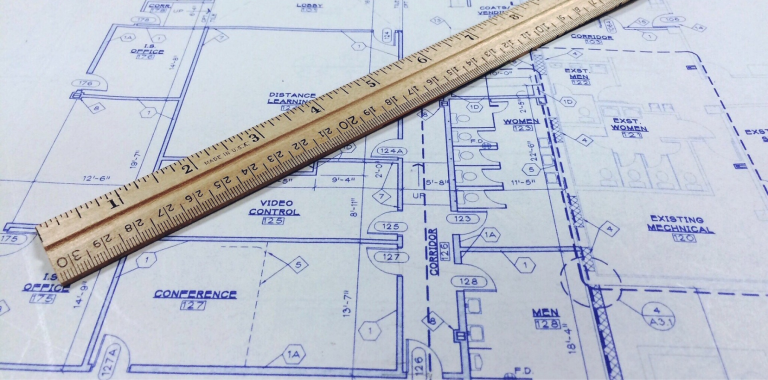R&D Credits for the Construction Industry

When most people think of the term “research and development,” they picture lab coats, but far more activities are eligible for the credit, including many undertaken by the construction industry. Let’s take a look at some of the projects that could qualify for the R&D credit and what contractors should know to make use of this valuable credit.
R&D in the Construction Industry
Research and development activities are most likely to occur in projects that present one or more technical challenges that must be overcome. Often they take place in firms that have in-house engineering and design teams.
Some projects likely to include eligible research activities are:
- Green building or energy efficient design and improvement
- Structural engineering to withstand earthquakes and other disasters
- Experimenting with alternative metals
- Mitigating the effect of unstable soil
- HVAC, electrical, plumbing or lighting systems designed for efficient usage
- Unique infrastructure design
- High-tech equipment installation
- Improving mechanical equipment sizing
- Improvement of construction processes or practices to increase efficiency or reliability
In essence, if the company is financing activities to try to develop or improve energy efficiency, mechanical systems, process design, construction techniques or other products, processes or software, then these activities likely qualify for the R&D credit.
Calculating the Credit
If your activity qualifies, this provision allows for a credit based upon eligible costs for new and improved products and processes.
Eligible costs include:
- Wages of those working directly on the innovation and first-line supervisors
- Cost of supplies
- Contract research expenses
- Costs of developing a patent
- Costs of renting or leasing computers
There are two methods for calculating the R&D credit:
Regular Calculation Method
This approach has been widely criticized by tax professionals and taxpayers due to its complexity. This method can require taxpayers to go back as far as the 1980s to substantiate their claims. The amount of paperwork and reporting required deterred many companies from claiming the credit.
Alternative Simplified Credit Calculation Method
A simplified calculation method became effective for tax years ending after 2006. Taxpayers calculate the credit by identifying qualifying research expenditures (QREs) in the current year and comparing them to the average costs from the previous three tax years. The credit equals 14% of the QREs for the taxable year that exceed 50% of the average QREs for the three taxable years preceding the credit determination year. This has become the preferred method for many taxpayers due to the availability of documentation.
Many states in the U.S. also offer their own R&D tax credits to encourage job creation and business growth. Pennsylvania’s R&D credit is equal to 10% of the amount by which the company’s qualified R&D expenses exceed its Pennsylvania base amount.
As the construction industry continues to expand its efforts to develop buildings, infrastructure and construction techniques for the future, contractors should consider whether the R&D credit can help them achieve their goals. Many companies – regardless of size – can reap the benefits of the R&D credit and enjoy tax savings.
For more information on whether your activities qualify or guidance on how to calculate or apply R&D credits, please contact the team at Brown Plus today.


